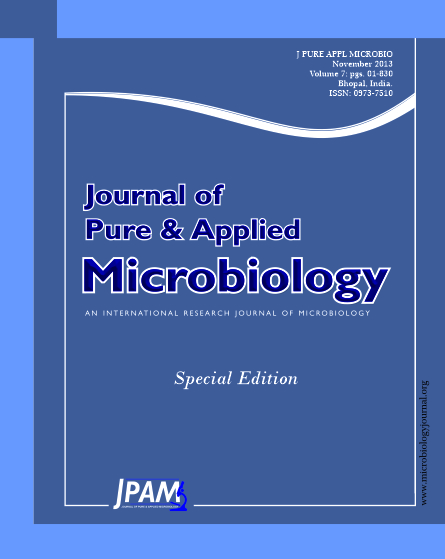In the present study the volatile oil obtained by hydro-distillation from leaves of Schinus molle was analyzed by GC/MS and measured for its antioxidant activity using 2,2-diphenyl-1-picrylhydrazyl radical-scavenging assay (DPPH). Fifteen components were identified in the volatile oil, representing 99.99% of the total oil. The identified components in the volatile oil were a-pinene (2.53%), cis-ocimene (5.65%), a-phellandrene (27.67%), sabinene (17.41%), adamantane (0.67), cis-caryophyllene (1.98%), a-muurolene (1.76%), valencene (5.27%), calarene (13.06%), b-cubebene (0.70%), b-selinene (1.13%), a-selinene (2.81%), (+)-cycloisosativene (3.99%), D-cadinene (9.22%), and g-selinene (6.23%). The total antioxidant activity of the tested volatile oil was 40±1.23% and this value is lower that the TAA% observed by Tannic acid (90±5.12%).
Antioxidant activity, volatile oil, Schinus molle, DPPH method, α-phellandrene
© The Author(s) 2013. Open Access. This article is distributed under the terms of the Creative Commons Attribution 4.0 International License which permits unrestricted use, sharing, distribution, and reproduction in any medium, provided you give appropriate credit to the original author(s) and the source, provide a link to the Creative Commons license, and indicate if changes were made.


